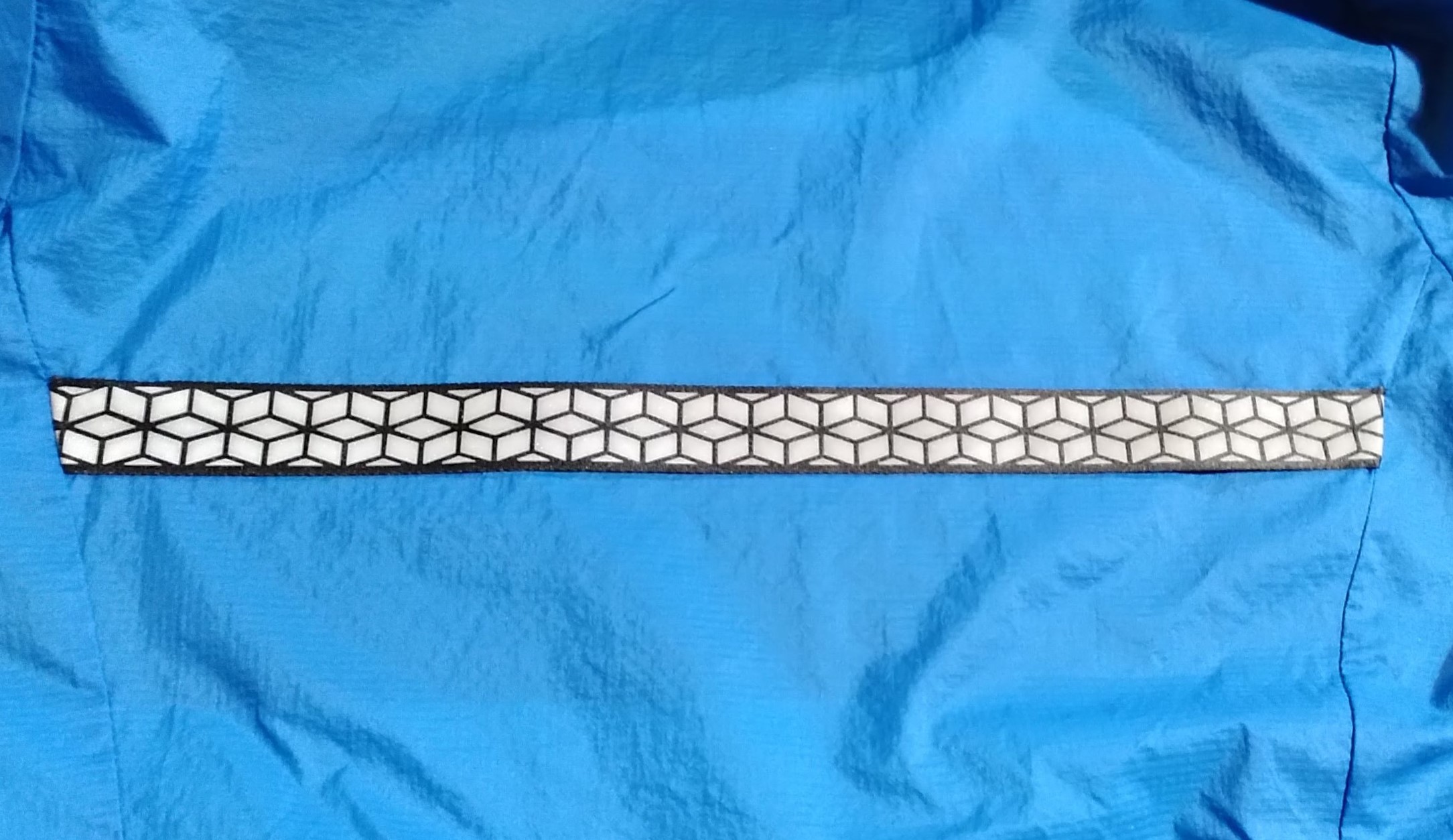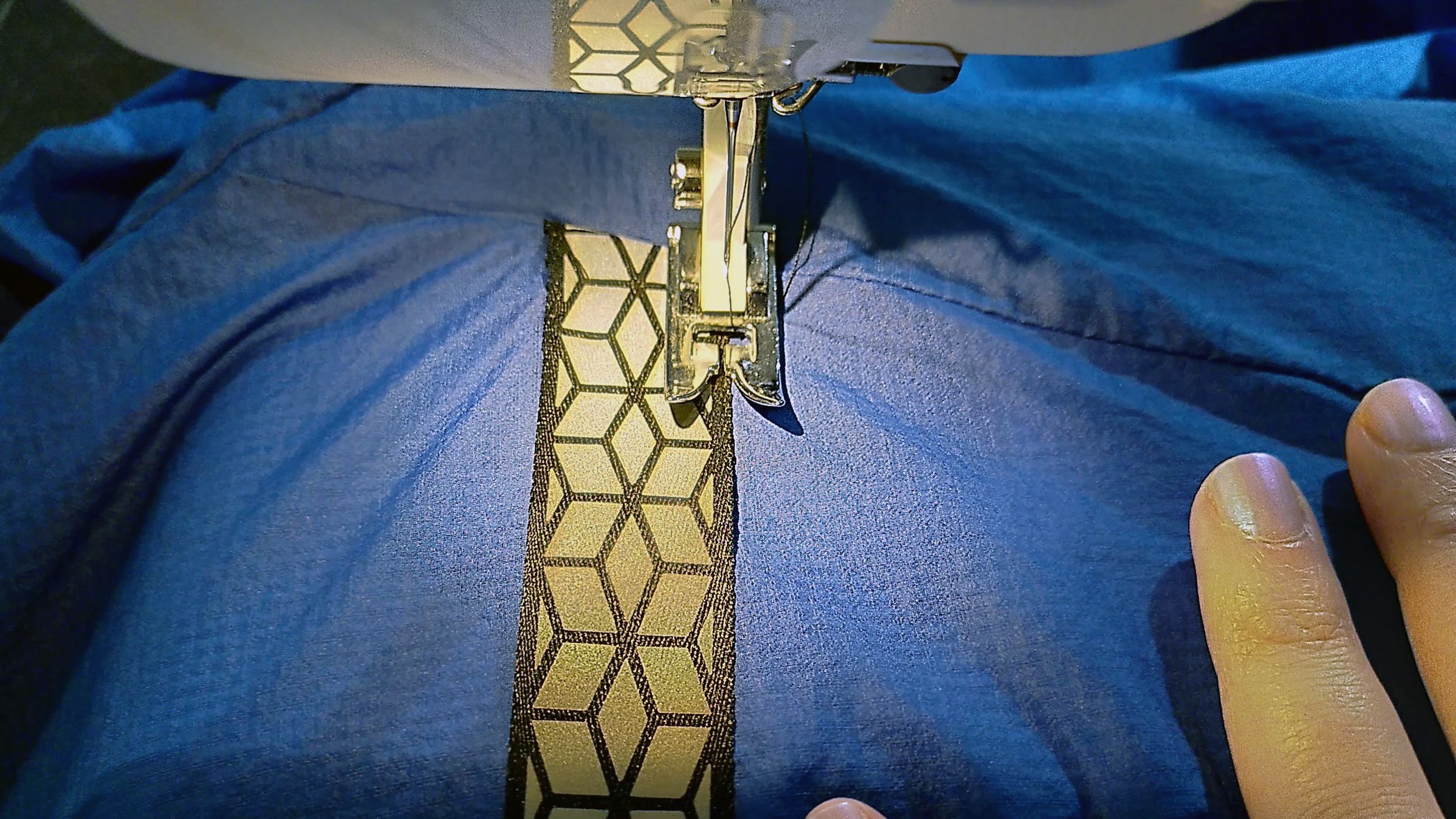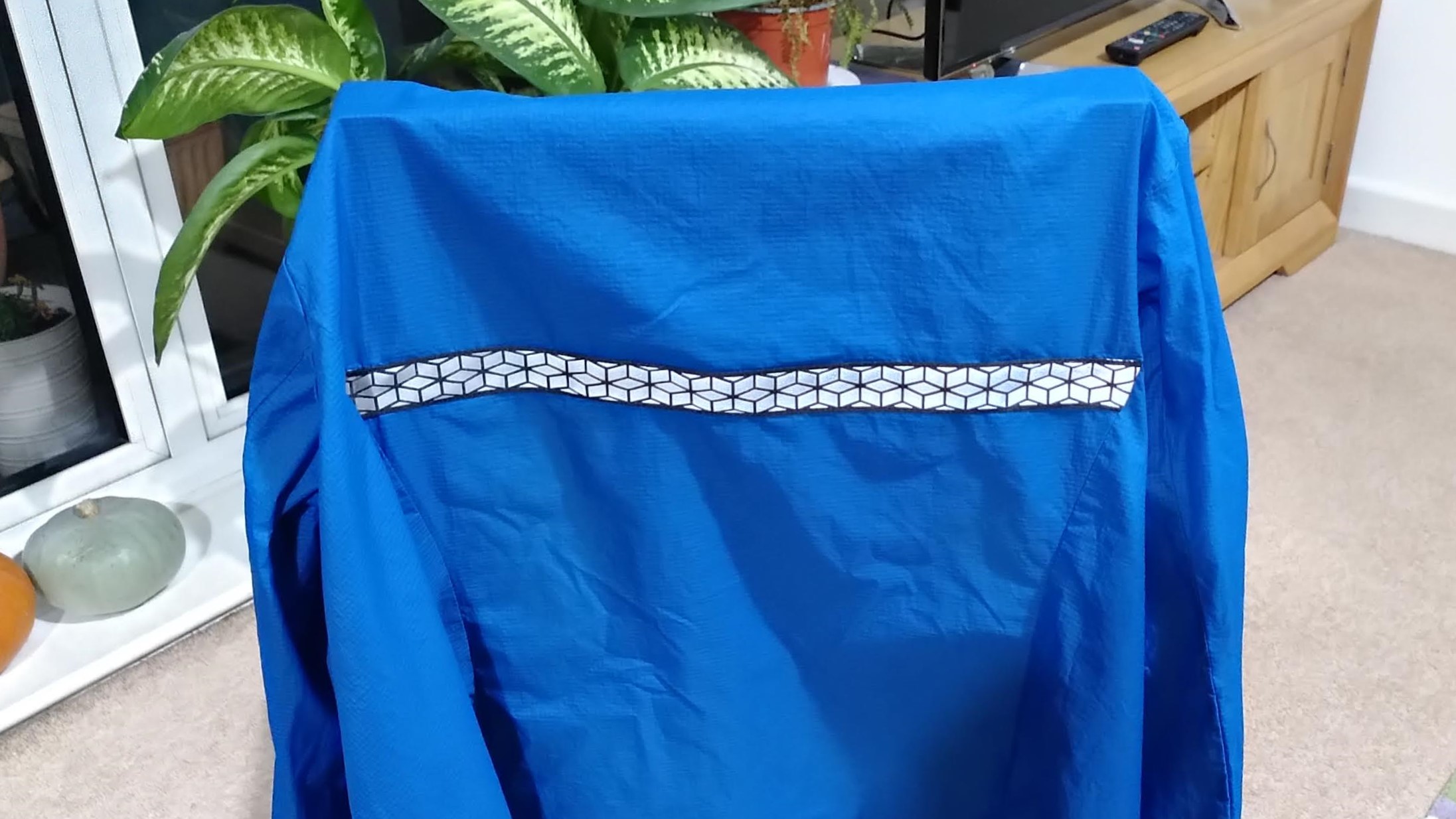
Thinking about buying some new reflective running gear for training safely during the long, dark winter months? Not so fast! With a little patience, you can upgrade your existing clothing by sewing on some machine-washable reflective trim, which will work just as well and cost less than the price of a post-run sandwich.
This works best with non-stretch garments and accessories. A sewing machine will speed things up if you're attaching long pieces of trim, but it's not essential and won't work for all garments anyway. You don't need to be experienced or confident at hand sewing either – it's super simple.
First, you'll need to find some reflective tape. This is available in several forms, including self-adhesive and iron-on, but you want the type that's designed to be sewn into place. Most running gear is made of synthetic fibers that will melt in close quarters with an iron, and stick-on tape will rapidly come off when subjected to regular laundering. Look for a tape that's specifically labelled as washable to make sure the reflective layer isn't likely to come off. There are lots of options on Amazon.

You'll also want to grab some all-purpose sewing thread if you don't already have some in a suitable color, a fine hand-sewing needle, and some dressmaking pins. You can also use safety pins left over from races in a pinch.
Now comes the fun part: deciding where to position the tape. You want to put it on a part of the garment that doesn't stretch, and isn't going to bend too much either. I like to place it beside the zipper on jackets, because the fabric doesn't move much when it's fastened, and on the upper back. For gloves, you can add tape horizontally across the back of the hand, and for backpacks you can do whatever you like!
I like to position tape in between two seams, so it looks like it was part of the garment's original design, but that's just personal preference.

Cut a piece of tape about an inch and a half longer than you need it, then pin it in place and fold the edges underneath to keep them neat and prevent them fraying, as shown in the photo below. Pin the folded section, then thread your sewing needle and make a few small stitches on top of one another in your garment to secure the thread (don't use a knot).
All the latest inspiration, tips and guides to help you plan your next Advnture!

Now it's time to start sewing. Using small, neat stitches, start by sewing through the folded section of the tape and through your garment to anchor it in place.
If you don't want your sewing to show, you can use a slip stitch. Alternatively, a running stitch will work just fine. Whichever you choose, just take your time and keep your stitches small and neat. When you're done, finish the same way you started with a few stitches on top of one another to secure the thread.

If you have access to a sewing machine, once you've secured the folded end of the tape you might want to use the machine to sew along the length. Make sure your stitch tension isn't too high to avoid bunching up your garment, and don't pull as you feed it though; let the machine do the work and just guide it.

Now get outside and enjoy being nice and visible in your upgraded running gear! it's still good practice to wear a light (and essential if you're straying off well-lit streets), but it'll now be much easier for oncoming traffic, cyclists, and other pedestrians to spot you – and it barely cost you anything. It makes your gear more personal as well, which I like.

If you want to make your stretchy running tops more visible at night, you can stitch some decorative lines using reflective all-purpose thread using a sewing machine. You'll need to use a zig-zag stitch, which will allow the garment to stretch, and use a ball-point sewing machine that pushes between the fibers of the material rather than punching through. Search for machine needles for jersey fabric, and you should find the right sort.
- Best trail running shoes: for comfort and stability on tough terrain

Cat is the editor of Advnture, She’s been a journalist for 15 years, and was fitness and wellbeing editor on TechRadar before joining the Advnture team in 2022. She’s a UK Athletics qualified run leader, and in her spare time enjoys nothing more than lacing up her shoes and hitting the roads and trails (the muddier, the better), usually wearing at least two sports watches.
